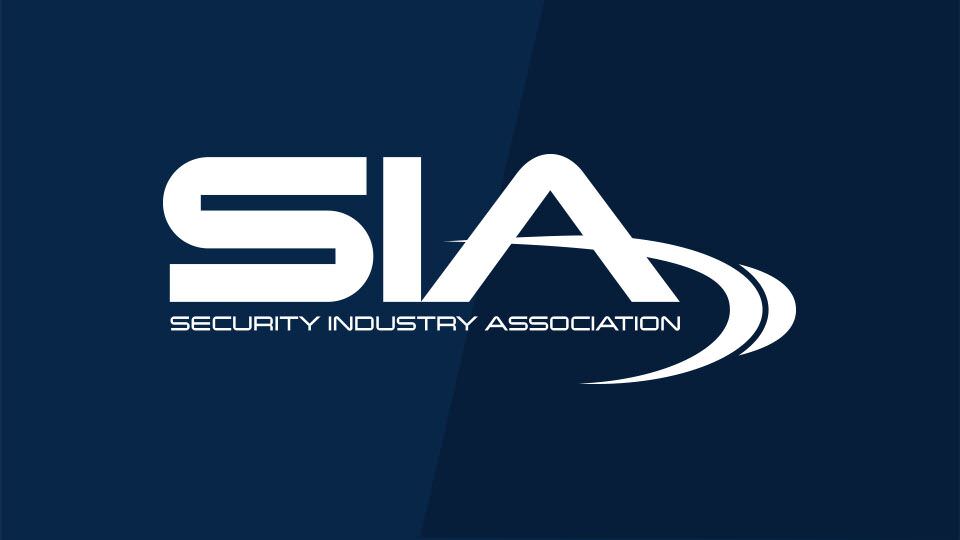Crucial Power Supply Exemption One Step Closer to Enactment

Despite the July 1 expiration of an energy efficiency exemption for security/life-safety power supplies, the U.S. Department of Energy (DOE) recently confirmed it will not take any related enforcement actions in light of action in Congress on H.R. 511/S.190, the Power and Security Systems (PASS) Act.
In the latest action, the U.S. Senate passed S. 190, sponsored by Sens. Cory Gardner, R-Colo., and Maria Cantwell, D-Wash., on Aug. 1. While the U.S. House of Representatives had already passed identical legislation (H.R. 511) earlier this year, it must now take up the Senate-originated S.190 in order to send the bill to the President for his signature. The House is expected to take this procedural action sometime this month.
Drafted with assistance from the Security Industry Association (SIA) and in collaboration with the energy efficiency community, the PASS Act would extend a DOE policy exempting security and life safety external power supplies (EPS) from having to meet a “no-load mode” energy efficiency standard, due to the fact they are always connected and in active mode by design. The PASS Act would remove the expiration date on the no-load exemption for security and life-safety products, and it would authorize DOE to retain this common-sense provision in any future updates to energy efficiency standards governing external power supplies.
The Energy Independence and Security Act (EISA) of 2007 required improved energy efficiency for battery chargers and external power supplies (EPS) operating in certain modes, including a standby or “no-load” mode. For example, when a cell phone charger is plugged into the wall but disconnected from the phone, it is still consuming power. But electronic security and life-safety systems require a constant, uninterrupted power supply. Product and installation standards ensure that fire alarm, carbon monoxide, intrusion detection and other sensors are constantly powered to detect and monitor. Since EPS designed for use in such systems are always connected, and they are not manufactured with a “no-load” mode.
SIA led a coalition of groups to secure an exemption for the exemption for security and life safety products, which was originally signed into law in 2011. This law included a five-year sunset provision, a common practice to ensure new policies set forth in legislation can be reviewed by Congress before becoming more permanent. Beginning in 2016, SIA joined with the National Electrical Manufacturers Association (NEMA), the Electronic Security Association (ESA) and the energy efficiency community in working with Members of Congress on finding a common-sense approach to addressing the impending expiration on July 1, 2017, given that the continuing need for the security and life safety exemption is very clear from both a technology and policy standpoint.
SIA led these organizations in strongly urging Congressional leaders to act to preserve this important policy. Without an extension, the law would force security manufacturers to redesign EPS devices and retool manufacturing processes to add the capability to produce a standby condition only to meet the standard. By industry estimates, this would increase the cost to produce the equipment by 200-300 percent, affecting not just manufacturers but the entire industry value chain. And importantly, no energy savings would result from installed systems operate only in active mode. The PASS Act provides much-needed certainty to manufacturers, installers and service providers who are among 400,000 Americans that work in the security industry but ultimately benefits the millions of American consumers that depend on such security and life safety systems.
